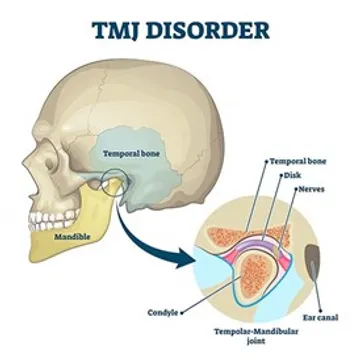Chronic pelvic pain (CPP) negatively affects millions of people across the gender identity spectrum throughout the world (International Pelvic Pain Society, IPPS). It can impact a person’s physical, emotional, and social well-being.
CPP is any pelvic pain that lasts for more than six months and occurs in the pelvis or lower abdomen. In men, the pain can manifest in the perineum, rectum, prostate, penis, testicles and abdomen.
CPP can be caused by Pelvic Floor Dysfunction (PFD). The pelvic floor is made up of a group of muscles, ligaments, and nerves at the bottom of the pelvic region, where it supports the uterus, bladder, colon, and rectum; stabilizes the pelvis, trunk, and hip joints; and plays a role in everything from orgasm to continence.
Pelvic floor muscles can be weak due to different reasons such as loss of muscle mass with aging and hormonal declines in menopause, as a result of injury or surgery, and pregnancy and childbirth. These can lead to bladder and bowel incontinence and pelvic organ prolapse (protruding of the uterus, bladder, urethra, and rectum into the vaginal vault). On the other end of the spectrum, pelvic floor muscles can be tight and short that can trigger tension and spasm in the pelvis and refer pain to other areas of the body such as the abdomen, hips, lower back, and lower extremities. Tight pelvic floor muscles can be caused by doing Kegels when you shouldn’t (50% of women do and often do it incorrectly), involuntary tensing of muscles when in pain or during periods of stress and anxiety, injuries related to childbirth (episiotomies, vaginal tear), surgery (hysterectomy) or accident (such as falling on your tailbone or hips). Childbirth, surgery, and accidents can produce scars and adhesions on the pelvic floor that also contribute to the problem.
While there are helpful drugs and even surgical solutions to some pelvic floor problems, numerous research supports pelvic floor physiotherapy as the frontline treatment for all sorts of pelvic pain. In a 2014 study of nearly 800 women with PFD, University of Missouri researchers found that incontinence, constipation, and/or pain improve by at least 80% with pelvic floor physiotherapy (Why it hurts down there 2014, Sari Harrar)
If you’re experiencing pain (or leaking), we’re here for you. Our treatment approach is tailored to guide and empower you in achieving your optimal goal. If you have any questions/inquiries, reach out to us at Clarington Physiotherapy Health and Wellness Centre and we’ll be happy to assist you.






